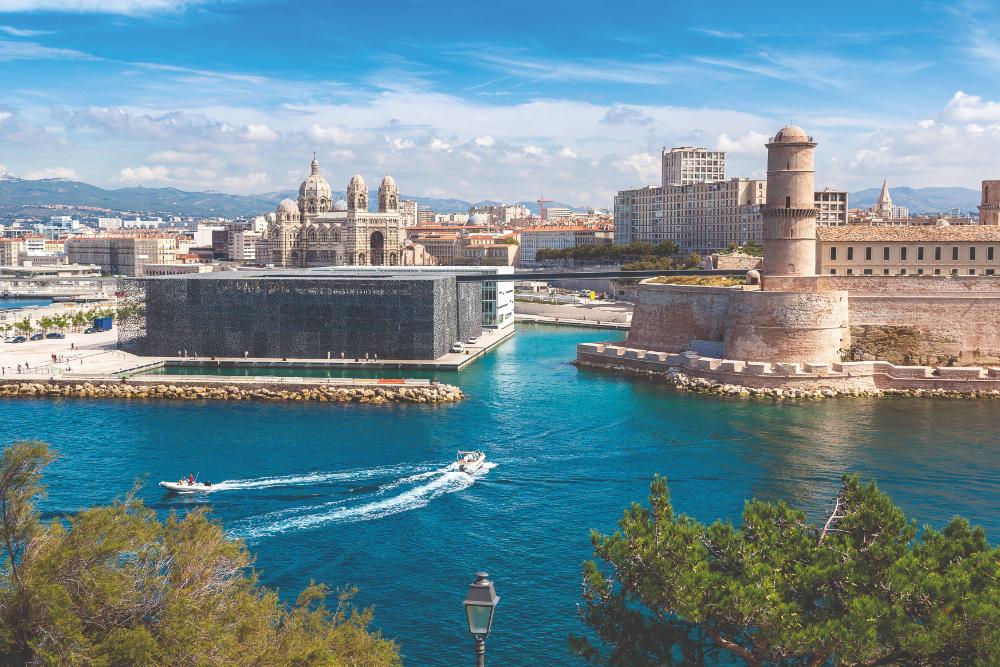One of my least likely French love affairs was born under false circumstances. Today, though, it’s not only still thriving but has never been more delicious. This is because over the last 20 years, Marseille, the object of my affections, has developed the most interesting and innovative food scene of any city in France.
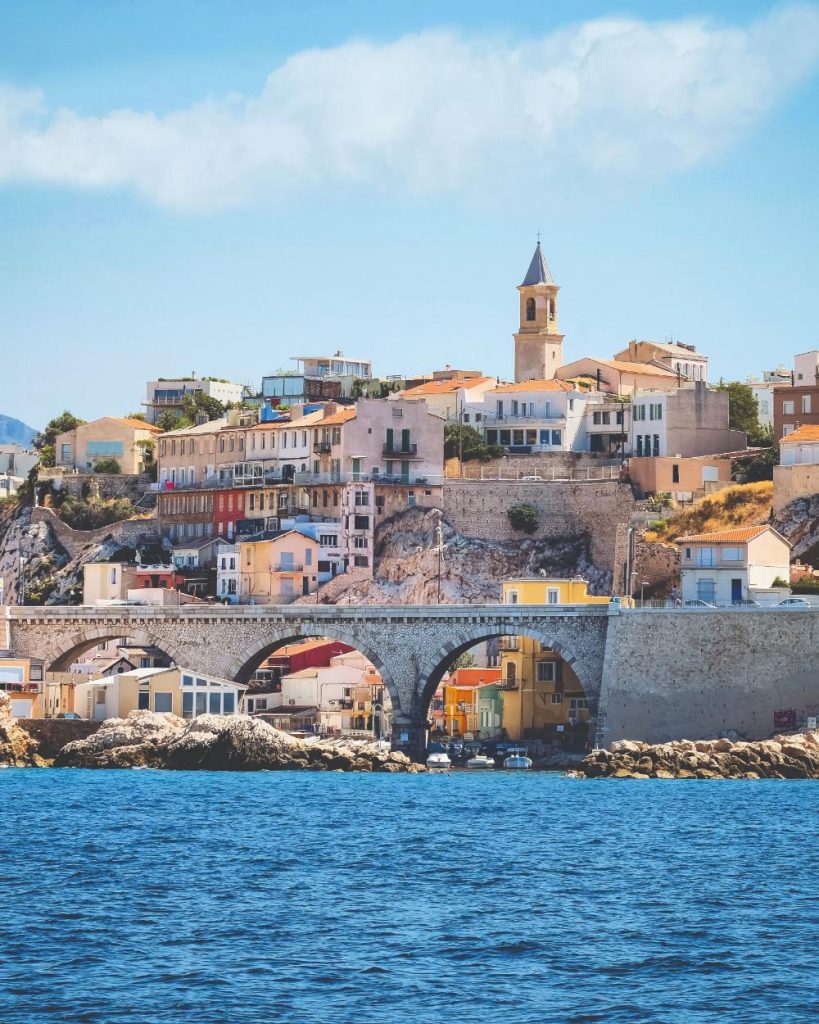
Why? You can eat the food of every country surrounding the Mediterranean in this ancient port town, as well as amazing pizza, street food, seafood, modern Mediterranean bistro cooking and Provençal cuisine. The gastronomic richness of Marseille is so multi-faceted as to be pretty much inexhaustible, and it’s also very accessible. There are many more great meals to be had in Marseille for five, ten or 20 euros than there are 200 euros, since eating well in this city is sort of a communal sport, which the locals believe should be available to everyone. “What’s really exciting in Marseille right now is that the city’s attracting young chefs from all over France, elsewhere in
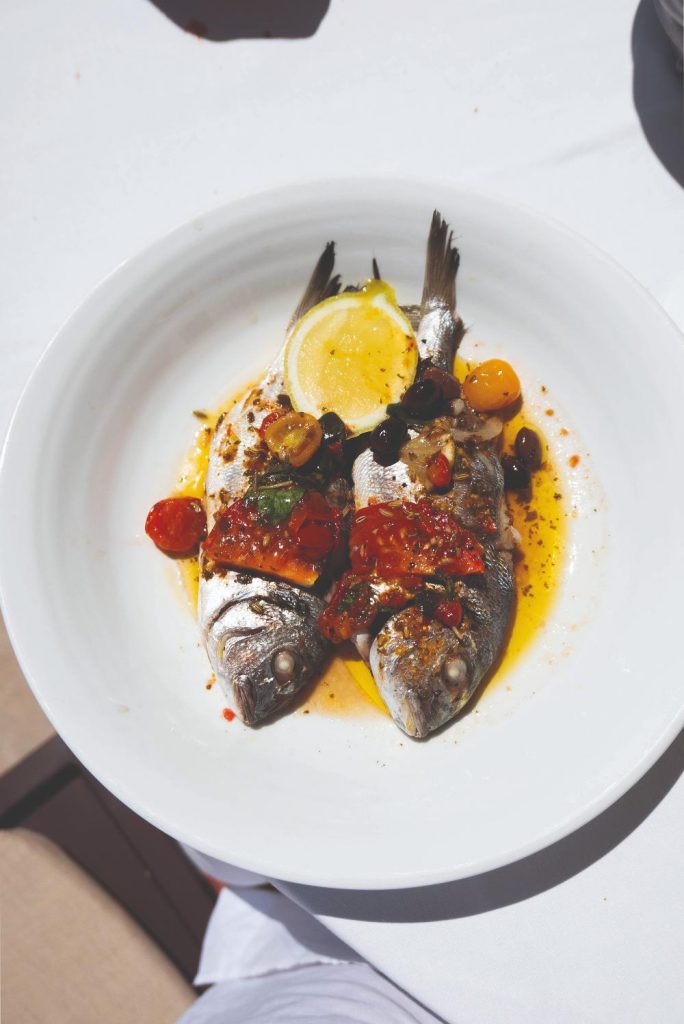
Europe and the rest of the world,” says Marseille native Ezechiel Zérah, the editor of Z and Pomelo, two major French food magazines. This influx of talent has put the city on the map, and it’s sure to continue gaining momentum since the reality is that Marseille has always been very much underestimated in every way by most French people and the rest of the world.” Accomplished Quebecoise sommelier Laura Vidal co-owns La Mercerie, one of Marseille’s most popular modern bistros, with English chef Harry Cummins. She says moving to Marseille was a deliberate choice. “We’d already lived in Paris, and we’d been considering a move to Barcelona when we fell in love with Marseille,” she says. “The city has such great energy, incredibly good produce, low rents and a beautiful setting. It’s a fantastic place to both live and cook, whereas in Paris, life was all about working and chasing the rent.”
As a native, Ezéchiel Zérah is somewhat more circumspect. “To be happy in Marseille you need big balls and a big heart,” he says,
because the largest city in Provence has a somewhat in-your-face character. This is what I discovered the first time I visited Marseille during a month-long wintertime train journey around Europe as a student in the 1980s. Then it was a rough, hard-up, down-at-heel place, which is why I immediately found it fascinating.
A rough diamond
I’d loved the elegance of Paris and the great food and bourgeois comfort of Lyon, but neither city had the brawny sort of anarchic energy and primal sensuality of Marseille. I hadn’t known this, of course, when I’d wheedled it onto the itinerary I was sharing with several other near-penniless students. Instead, I’d insisted we stop off in Marseille en route to Florence on the pretext of its great museums and architecture.
My friends seemed sceptical, but I was relentless, because I was a man with a mission: I wanted to taste the city’s famous bouillabaisse. So I used its cultural attractions, including a boat trip to the Château d’lf, the island prison mentioned by Alexandre Dumas in his novel, The Count of Monte Cristo, as bait for an overnight stop.
Arriving at noon after a long, cold train ride from Lyon, we squinted in the bright Mediterranean sunshine as we stepped out of the station and were greeted by the stone lions at the top of the grand flight of stone stairs that leads from the Gare Saint-Charles down to the city.
At the bottom of the stairs, we were befuddled to find ourselves in a neighbourhood where many of the signs were written in Arabic script and male passers-by wore djellabas, and most women wore head scarves or veils.
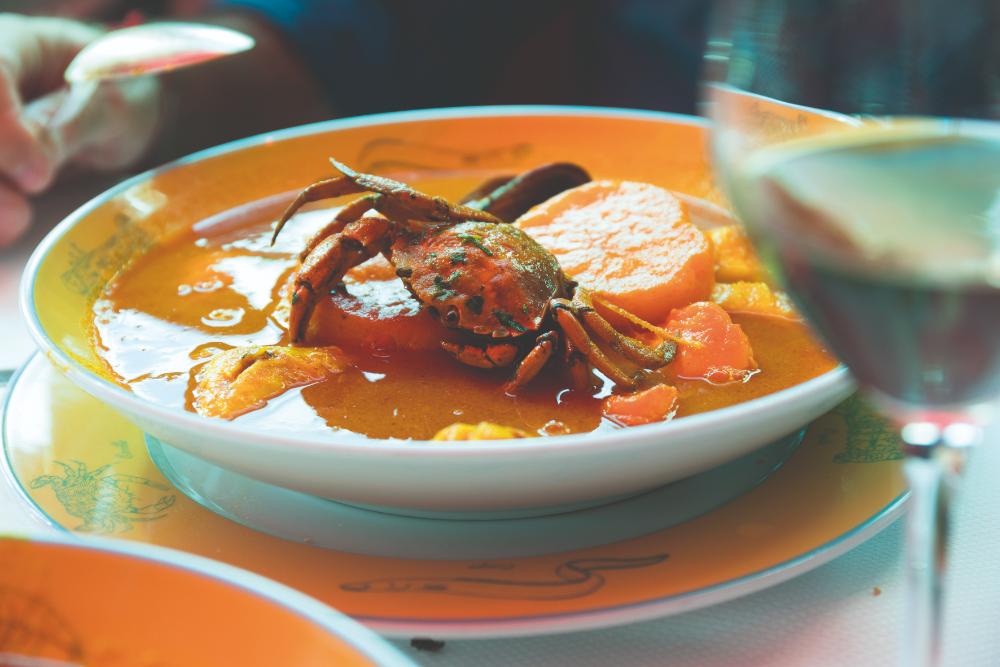
The city struck us as an inscrutable puzzle, at once intriguing and alarming, and a day spent wandering its streets revealed it to be a multi-ethnic stewpot of a town like New York or London. The slatternly information offered by our guidebooks did nothing to explain where we were, and it wasn’t until I started chatting with Duong, the friendly Vietnamese man at the front desk of our one-toilet-per-floor one-star hotel that I began to make sense of the city.
“Marseille is a city of convulsions, or events that leave it completely changed,” he told me. “It first boomed after a canal opened in 1849 to divert part of the flow of the Durance River, a big event because before it was constantly short of water, and then Napoleon III built a new port, which opened in 1864 just in time to serve the exploding trade between France and the Middle East and its colonies in Africa and Asia after the Suez Canal opened in 1869.” Seeing that I was intrigued, he fed me more. “And the last great convulsions were the independence of France’s North African colonies, which set off a huge wave of repatriation and immigration to France that transformed the city sociologically. Then the port began to decline due to high labour costs, failure to modernise and corruption.”
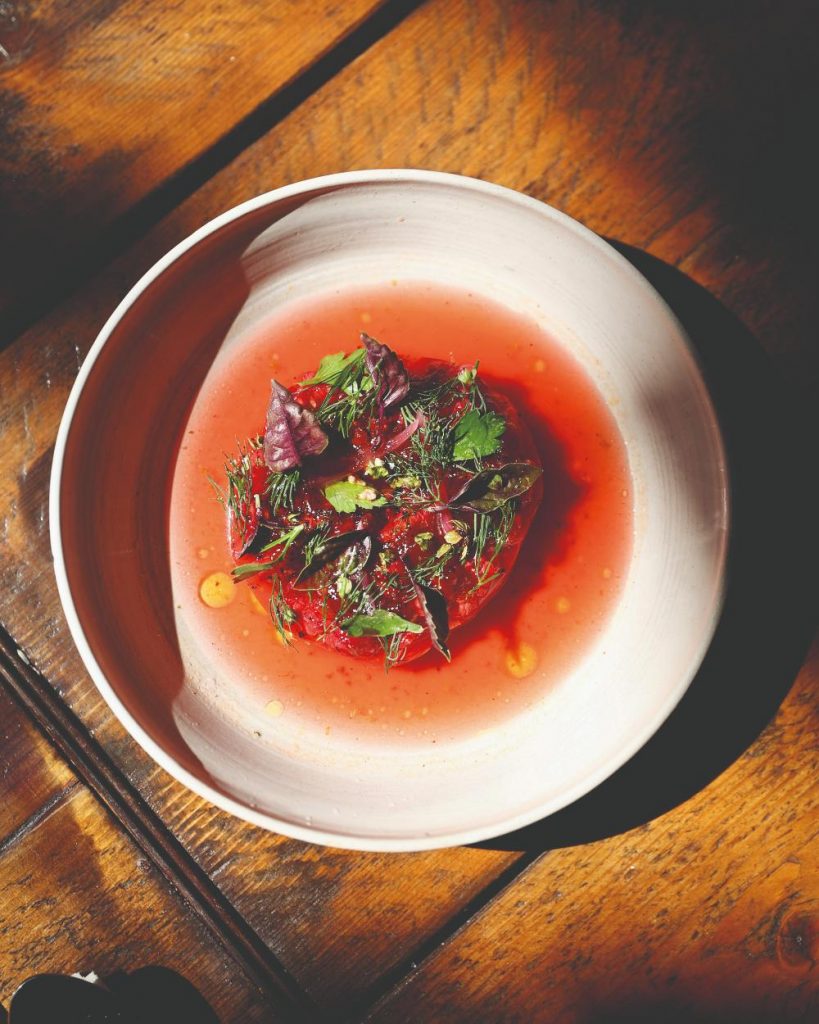
Now I understood why the neighbourhood where we were staying looked more like North Africa than France, with men sitting on plastic stools smoking hookahs outside tea rooms and the regular call to prayer ringing out from the local mosque. At a hole-in-the-wall restaurant, we had our first taste of North African cooking, a delicious tagine of chicken cooked with green olives and pickled lemons. “Every generation of immigrants has added a new layer to what Marseille eats,” observes Ezéchiel Zérah.
At the end of our day there, we went to eat bouillabaisse at a restaurant overlooking Le Vieux Port, the harbour where the Greeks founded their colony of Massalia around 600 BC. The dark terracotta-coloured fish soup made from poisson de roche, or small bony fish that otherwise didn’t make for very good eating, was served as a single course – at fancier restaurants, it comes in two and sometimes even three declensions. It was priced considerably beyond our very modest means – I had explained, or so I thought, to the waiter that the four of us weren’t very hungry and thus we only wanted to order two portions between us.

You can guess how that worked out. The disastrous wound to our wallets capped a truly shocking meal: the soup was such a powerful distillate of fish that it made me almost shudder the first time I sipped it, and then the actual pieces of fish were like hunks of needle-ridden pin cushions, and absolutely devoid of taste, but dangerous for being so dense with sharp little bones. My friends were furious with me for this disaster, so I kept it to myself that I’d actually liked, no loved, the soup and wished I could eat it again before leaving the city.
When I returned to Marseille many years later, after I’d moved to Paris, I went to L’Épuisette, a beautiful seaside restaurant built on a spit of white stone surrounded by the Mediterranean, and ate a sumptuous bouillabaisse. I also had a superb meal at Maurice Brun, a Provençal table overlooking Le Vieux Port. The grumpy staff could not prevent this meal from being permanently etched into my memory, including hors d’oeuvres of olives from Les Baux, saucisson from Arles, local sardines and anchovies and a timbale de daube de boeuf. Then a roast chicken with black discs of truffle slipped under its skin and artichokes barigoule (braised in white wine with aromatics).
I started visiting Marseille regularly, enjoying its seafood, pizza and foreign kitchens, and then about 20 years ago, I happened across Le Grain de Sel, a little restaurant in an old garage in a steep street leading down to the Vieux Port. I snagged a free table and ate beautifully prepared gnocchi with baby clams and stuffed baby vegetables in a tomato sauce enriched with sobrassada (soft Mallorcan sausage seasoned with smoked paprika). On this rainy afternoon, I lingered at the bar over a coffee and ended up in conversation with chef Pierre Giannetti, a native of Martigues, just outside Marseille, who had just moved back to the city after living and cooking in Barcelona for many years.

“One of the things that makes Marseille unique is that we grow up eating each other’s food. So when I was a kid, I knew Armenian, North African, Corsican, Sicilian, Spanish, Greek and many other kitchens through my friends. This makes our palates more worldly than those in other French cities,” he says, before adding: “I think Marseille will become a great French food city someday.”
A visionary generation
Giannetti, who now owns a very good catering shop called La Fabriquerie, was part of the first wave of Marseillais chefs who pioneered the idiom of the modern southern French bistro, which has today become the gastronomic signature of the city. This market-driven, produce-centric style of cooking inspired by the kitchens of the Mediterranean was also practised by Lionel Levy, who now cooks at the Michelin one-star Alcyone at the Intercontinental Marseille- Hôtel Dieu, and Arnaud Carton de Grammont at his now-closed Café des Épices.
It was this first generation of young chefs, who took a chance on the possibility that the Marseillais wanted more than just pizza, pasta and bouillabaisse, that made the city a serious gastronomic destination for the first time since maybe the 1950s.
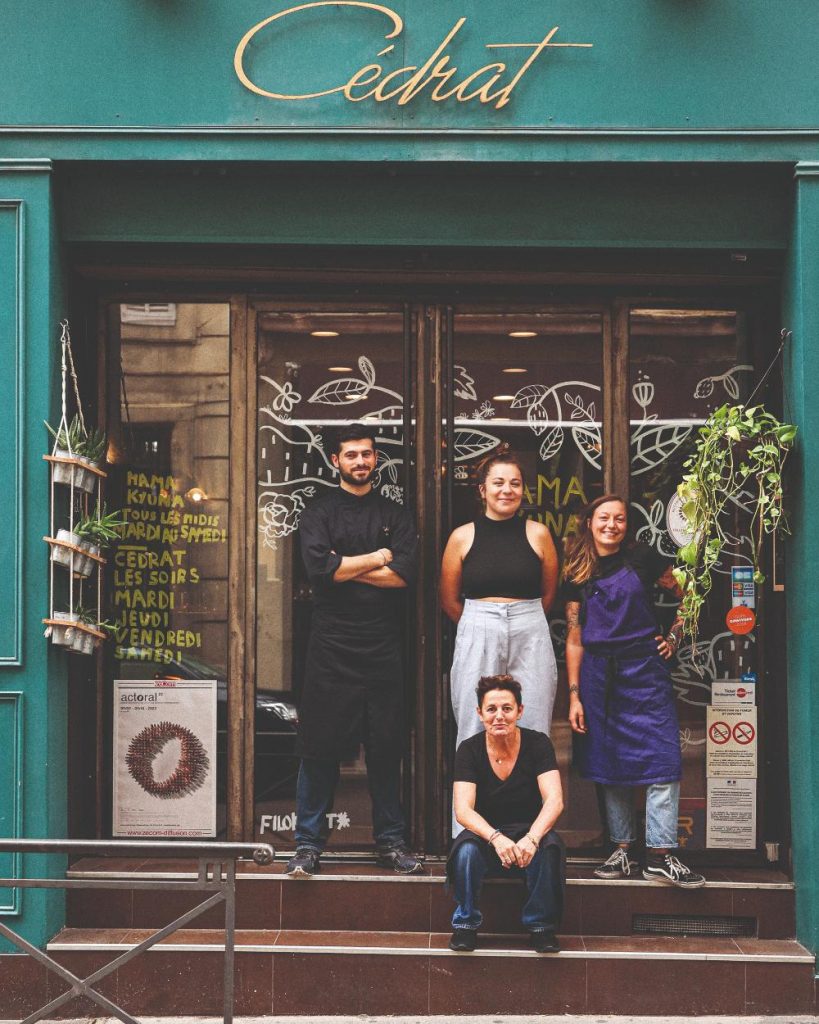
Now Marseille, a place where the more laidback Le Fooding’s listings are more pertinent than the addresses found in the Michelin Guide because they better reflect the city’s young gastronomic vitality, has become a booming restaurant town with an especially spectacular offering of excellent, good-value tables with a lot of distinctive personality and amiable hospitality.
Here are the ten addresses that I believe best showcase Marseille’s new gastronomic identity. And if you can swing it, the city’s two Michelin three-star restaurants – Le Petit Nice and AM par Alexandre Mazzia – are also hugely worth the hole in your pocket to experience the superb cooking at prices that are much more reasonable than elsewhere in France.
More like this
Taste of France magazine offers a whirlwind tour of the best gastronomic destinations. Discover La Belle France’s renowned markets, quirkiest food festivals and most indulgent restaurants.
Latest Posts:
- Nine new restaurants awarded Michelin Green Star for sustainability
- 52 restaurants awarded one Michelin Star for 2024
- French bid to stamp out gastro ahead of Olympics
- Michelin recognises individuals in restaurants across France
- Where to go for dessert, according to Michelin

